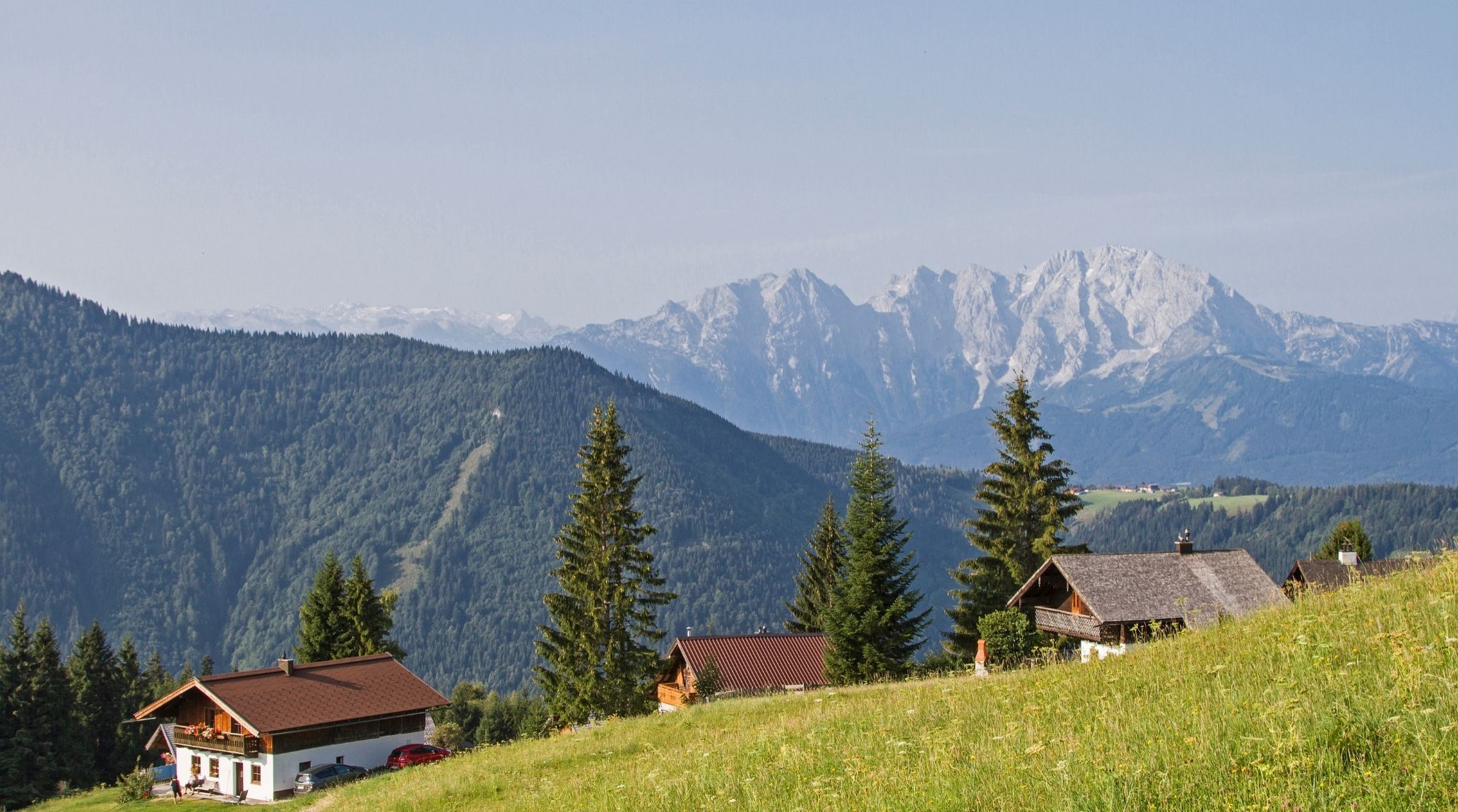
“
This vibrant season is filled with warmth, adventure, and joy as people around the world embrace outdoor activities, vacations, and delicious seasonal foods. From the longest day of the year to the stunning natural phenomena that occur during these months, "Fascinating Facts About Summer" holds a special place in our hearts. In this blog, we'll share 20 captivating facts about summer that highlight its beauty, significance, and the unique experiences it offers. 1
1
1
”
Summer, the warmest season from June to September in the Northern Hemisphere, occurs due to Earth’s axial tilt, resulting in longer days and shorter nights as one hemisphere moves closer to the Sun.1
The longest day of the year, known as the summer solstice, occurs around June 21 in the Northern Hemisphere. On this day, regions near the Arctic Circle experience 24 hours of daylight, creating the phenomenon known as the Midnight Sun. 2
The increased warmth of summer causes the rapid growth of plants. Photosynthesis reaches its peak, making this season vital for agriculture. Crops such as wheat, corn, and tomatoes thrive in the long, sun-filled days of summer. 3
Summer is also known for the meteor showers, with the Perseids being the most famous. Occurring in mid-August, the Perseids produce up to 100 meteors per hour, lighting up the sky during the warm summer nights. 4
Popsicles were accidentally invented by 11-year-old Frank Epperson in 1905 when he left soda outside overnight. His children named it “Pop's'sicle,” and Frank patented the popular treat in 1923. 5
In 1816, summer vanished due to the Mount Tambora eruption. Dust, ash, and sulfur dioxide filled the atmosphere, causing a drastic drop in global temperatures and resulting in winter-like conditions worldwide, leading to widespread crop failures. 6
The midnight sun occurs at the start of summer when the sun shines for 24 hours. Countries like Canada, Sweden, Iceland, and Alaska experience this phenomenon, with Barrow, Alaska, seeing continuous sunlight for two and a half months. 7

Goats are known to climb trees, particularly in Morocco, where they ascend Argan trees up to 30 feet high during summer. They do this to feast on the fruit and leaves, showcasing their incredible climbing skills.
Watermelon, a quintessential summer fruit, is 92% water, making it one of the best hydrating foods for hot days. It also contains essential vitamins like A, B6, and C, which help keep the body energized during the heat.8
Many animals, including bears and squirrels, use summer to fatten up for hibernation in the winter. They consume extra food to build fat reserves, which help them survive the colder months when food is scarce.9
Summertime means longer daylight hours. In cities like Reykjavik, Iceland, and Barrow, Alaska, the sun doesn't set for weeks, resulting in what locals call "white nights," where twilight lasts through the evening and into the early morning hours. 10
In Japan, summer brings "Bon Odori," a traditional dance festival honoring ancestors. Communities gather to dance in yukatas and light summer kimonos, and the event culminates with stunning fireworks displays. 11
The Eiffel Tower in Paris grows about six inches taller during summer due to thermal expansion. The metal expands as it heats up, causing the tower to lengthen slightly, a subtle yet fascinating response to the summer heat. 12
Summer thunderstorms frequently occur in tropical and subtropical climates, bringing heavy rain, strong winds, and lightning. Florida, known as the "lightning capital" of the U.S., experiences these storms more often than other locations. 13
In the Southern Hemisphere, summer runs from December to February. Countries like Australia celebrate Christmas with beach barbecues and outdoor activities, contrasting with the winter festivities common in the Northern Hemisphere. 14

The world’s longest beach, Praia do Cassino, stretches over 150 miles along the coast of Brazil. It is a popular destination for summer vacations, offering stunning scenery, white sands, and opportunities for surfing, fishing, and beach sports.
Summer is crucial for migratory birds, such as the Arctic tern, which travels thousands of miles to reach breeding grounds, following the endless daylight of summer in polar regions. 15
Mosquitoes thrive in summer due to warmer temperatures that accelerate their life cycle. Though a nuisance, they are vital for ecosystems, serving as food for birds, bats, and other predators. 16
Every summer solstice, Fairbanks, Alaska, hosts the Midnight Sun Game at Growden Memorial Park. Starting at 10:30 PM, the game runs until 1:30 AM, relying solely on natural light since its inception in 1906. 17
Twice a year, around May 28 and July 12, Manhattan experiences "Manhattanhenge." The sun sets perfectly along major streets, creating stunning sunsets framed by skyscrapers, similar to Milton Keynes’ Midsummer Boulevard. 18


